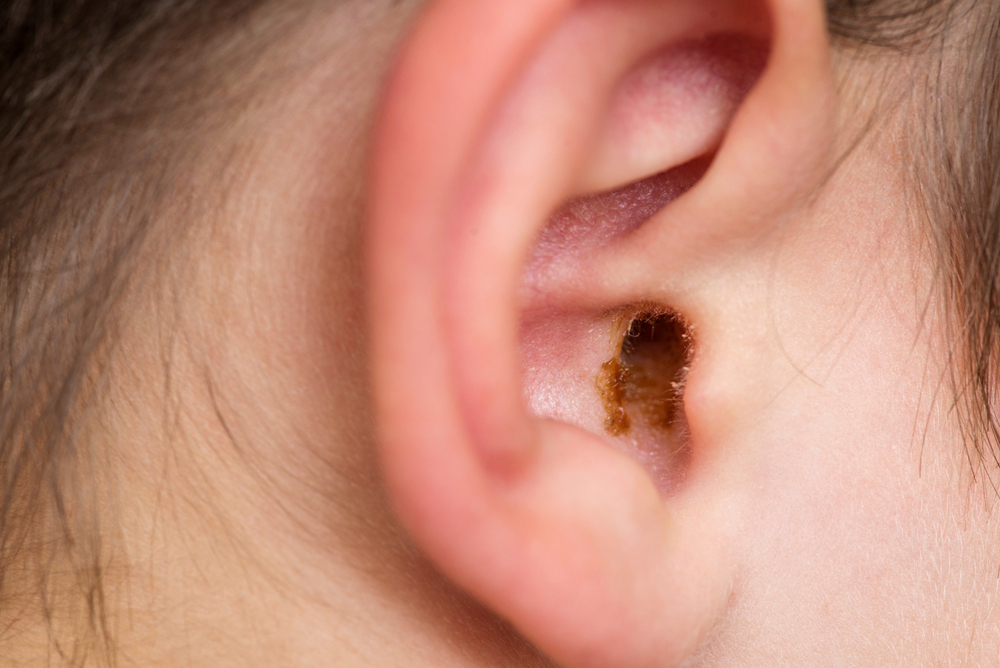
It’s likely that earwax and its accumulation haven’t been subjects of extensive consideration for you, except perhaps during ear hygiene sessions. Still, it’s crucial to have an understanding of its purpose and how it forms.
What triggers the buildup of earwax?
Earwax, also scientifically called cerumen, is made up of a combination of sweat, skin particles, hair, debris, and ceruminous gland secretions. Earwax will show up as a waxy substance that will typically be yellow, orange, brown, or even grey.
In most circumstances, children tend to produce more earwax than adults. Children also usually have softer earwax that’s lighter in color than adults.
Earwax goes by the outer ear canal naturally, eventually reaching the ear opening, where it either self-expels or gets washed out during bathing.
Why is earwax crucial?
Earwax serves several critical functions, such as:
- Acting as a protective barricade against outside irritants like dirt, dust, and other foreign particles before they penetrate deeper into the ear.
- Stopping itchiness and dryness by lubricating and protecting the lining of the ear canal.
- Helping counter ear infections.
Earwax blockages
Typically, there’s no crucial need to remove earwax from your ears unless it becomes impacted, a prevalent problem linked to earwax. Impacted earwax can stem from narrow or unusually shaped ear canals impeding the normal movement of earwax toward the ear’s opening.
Improper ear hygiene methods, such as using cotton swabs or bobby pins, can unintentionally push wax deeper into the ear canal.
People wrestling with hearing loss who utilize earplugs or hearing aids are also susceptible to experiencing ear canal obstructions.
How is hearing impacted by excessive earwax?
The presence of earwax blockages might yield slight discomfort and dampen auditory health.
Also, substantial accumulations of earwax can induce tinnitus, a sensation of ringing in the ears.
Acoustic trauma may result in long-term hearing loss, perforated eardrums, and long-term hearing loss if earwax blockages go ignored.
How do you tackle impacted wax?
It’s crucial that you get in touch with us as soon as you can if you think your ears are blocked by earwax. Depending on the severity of the obstruction, you might be advised to use over-the-counter wax softening drops or a bulb syringe for delicate irrigation to relieve the condition.
If you’re worried about your earwax buildup, call us right away to schedule an appointment.
